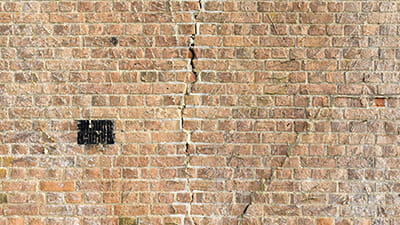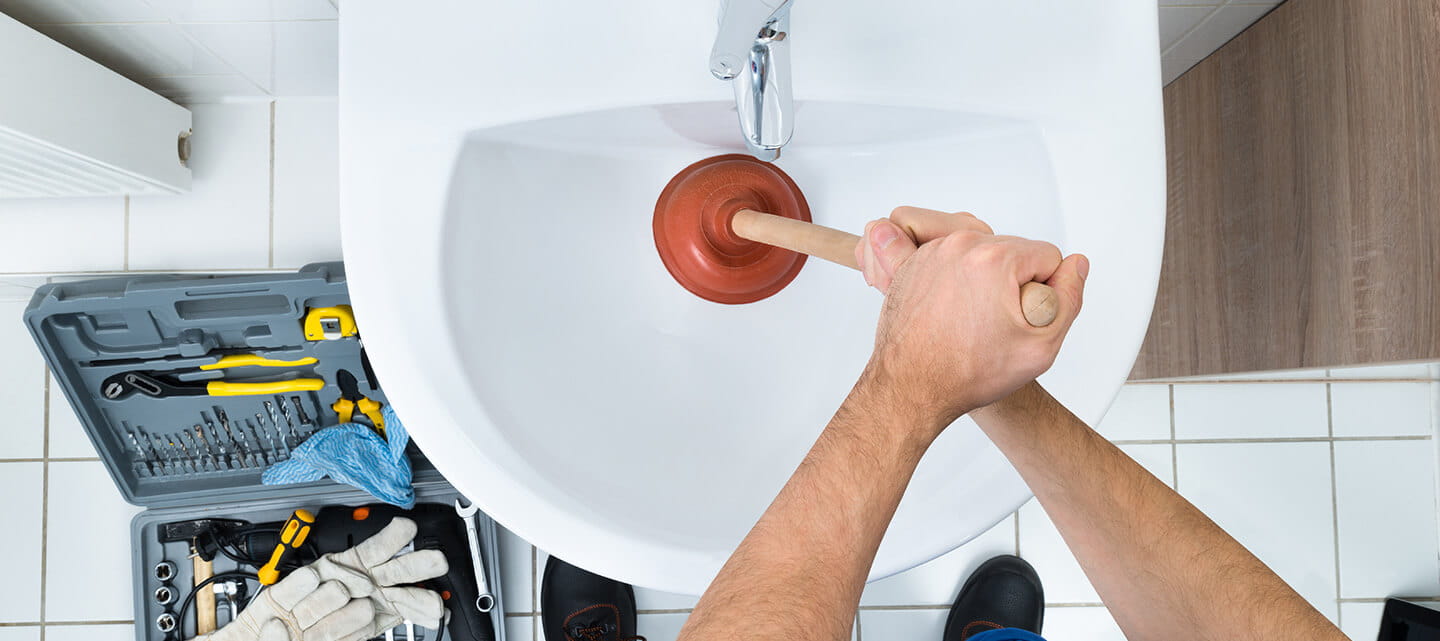

We all know how inconvenient a blocked drain can be. Slow-draining water tests your patience, and unpleasant smells do worse than that. But as well as being downright annoying, blocked drains can also cause serious problems in your home.
Flooding. Damp. Structural damage. These can all be easily avoided if you act quickly. Unblocking a drain is relatively straightforward once you know how.
In this guide we’ll talk you through how to unblock a drain. We’ll also share tips to help you spot signs of a blocked drain in the first place and tricks to help you prevent further blockages in the future.
First things first though, let’s take a look at what’s covered by your home insurance.
The blockage itself isn't typically covered by home insurance, although home emergency cover may do. The damage caused by a blocked drain will often be covered by your home insurance under escape of water, but it will depend on the cause of the blockage. Neglect or misuse of the drain will not be covered.
Your home insurance will usually cover the water damage caused by leaking or overflowing domestic drains within your property boundary. Any drains outside your property boundary are the responsibility of your local water company.
Signs of a blocked drain include:
If the water in your sink, bath or shower starts to drain more slowly (or not at all), it’s likely that your drain is blocked.
If you notice unpleasant smells coming from your sink, then chances are there’s a blockage of rotting food waste, grease and debris in the drain. Even if the water is still draining, it’s a good idea to tackle the cause of the smell before it gets worse.
Hearing some unusual gurgling sounds coming from your drains? Blockages can prevent water from draining away effectively, trapping air bubbles in the pipes and causing funny noises.
As soon as you notice any signs of a blocked drain, it’s important to nip it in the bud so that it doesn’t get worse. Work your way through these steps until the problem is resolved:
Pull on a pair of rubber gloves and check the plug hole and drain cover for any obvious obstructions, like hair and food waste. Remove what you can and throw it in the bin.
If you can’t feel the blockage, use a plunger to dislodge anything that might be just out of reach. Create an air-tight seal, plunge up and down and then run some water down to see if you’ve fixed the issue. If it’s still blocked, give it another few tries before moving on to the next step.
Before resorting to harsher chemical solutions to clear your blocked drain, there are some alternative options using products you likely already have in your kitchen. Firstly, try pouring a kettle of boiling water down the drain, taking care not to splash yourself. This will help to melt away any grease.
If that’s no use, reach for the tried and tested combo of baking soda and vinegar to create a fizzing chemical reaction that can dissolve stubborn drain blockages. Pour a couple of teaspoons of baking soda down the plughole, then follow that with a cup of vinegar. Once the fizzing stops, pour boiling water down the drain to flush it all out.
Still blocked? It’s time to reach for the harsher stuff. Buy a drain unblocking solution from your local supermarket or DIY store, follow the directions on the bottle, then flush the drain with hot water.
If you’re a home DIYer you may want to try this next step but here’s where it gets messy (and smelly). Lay some towels down, put a bucket under the bend, and start unscrewing the pipe. Let the water in the pipe drain into the bucket, then remove the U-bend completely and give it a thorough clear out and clean. Once you’re done, screw it back on, run some water and your drain should now be cleared.
If you’ve tried everything and your drain is still blocked, it’s time to call a plumber to come and help you resolve the issue.
Prevention is always better than cure, so take these steps to reduce the risk of a blocked drain in the future:
Blocked drains are almost always caused by what we wash down our plug holes. Only water-soluble liquids should go down the drain, so avoid pouring cooking oil down as this can solidify and cause drain blockages. Avoid brushing your hair or shaving over the sink too.
Drain covers will help to catch any debris before it gets washed down the drain. They’re easy to clean and will stop hair and food waste from getting into your plumbing.
Whenever you wash up, remove food waste from your sink to prevent it from falling into the drain, getting stuck and causing a blockage. With regular TLC, you should never have to unblock a drain again.
For those unfortunate times when a leak is out of control, make sure any damage is covered with Saga Home Insurance. Get a quote today.
Whether you're looking for straightforward insurance or cover that's packed with extras, our home insurance has plenty of options for people over 50.


Choose our highest home cover level Saga Plus and freeze the price of your home insurance for 3 years if nothing changes. T&Cs apply.
There's plenty to explore and learn about our home insurance cover.

Use our seasonal home maintenance checklist to keep your home ship shape and avoid major costly repairs
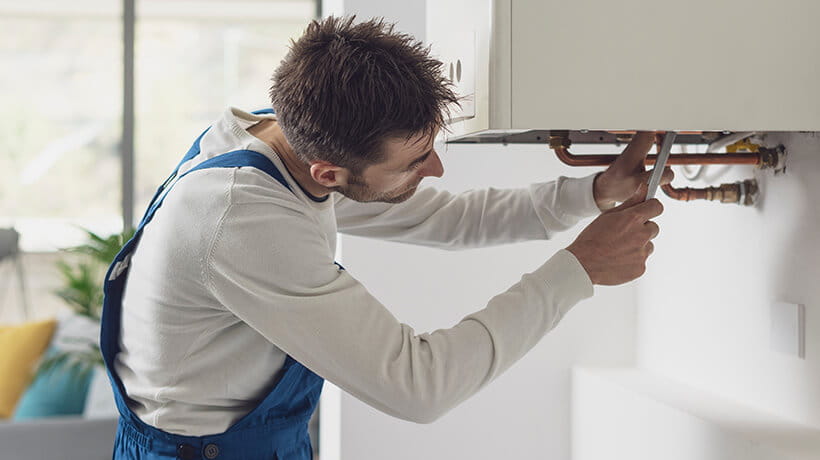
Keep your home toasty and fuel-efficient with a few simple boiler maintenance tips. Avoid costly callouts with the help of our boiler care year planner.
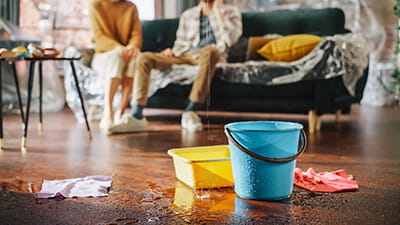
What does it mean? Here’s how home insurance can help with get things back to normal after a leak.
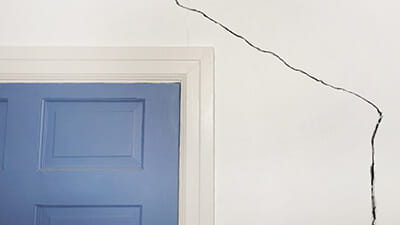
When can you fix cracks yourself and when should you ask for help?

It's more complicated than you might think. But there are some ways you could keep yours down.

Saga home insurance comes with garden cover included. Find out what’s included and get tips to help secure your garden.

Beat the burglars and protect your pressies with these top tips.

The energy price rise is impacting millions of UK households. So, what changes can we make to keep costs down and reduce energy use at home?

Find out how to accurately estimate the value of your home’s contents to get the right level of cover.

We’ll help you recognise the signs your boiler may be close to breaking down, find the best replacements, and estimate boiler prices so you can keep your home warm all year round.

Do you need buildings insurance for a leasehold flat? We explain how flat insurance works.
